Hifi is an odd bod. We get great ideas, and then go backwards in sound quality before going forwards again. I mean, look at the resurgence of the LP, or the backwards philosophy of MP3. Most will say the CD was a bit of a white elephant. Of course we all remember the cassette tape, and some will be pleased that one hasn’t come back, although a new “ReVox” reel2reel based on the Studer B-676 is on its way back soon as ¼ inch tape begins a mini revival. Hurray.
I still have over 700 compact cassette tapes gradually losing their magnetism. That’s a shame because they could actually sound pretty good, especially with the right Dragon in the house. The Philips system was developed in 1962 as a mono dictating machine, but this wasn’t the first idea of a two-reel enclosure. RCA brought out a very similar, though enlarged version, more comparable to the 1976 Sony Elcassette (which I originally thought was a Mexican holiday resort), back in 1958. This one was stereo!
The RCA Victor tape cartridge (also known as the Magazine Loading Cartridge or Sound Tape) was a cassette of 5 x 7 1/8 x 1/2 inches housing a stereo quarter-inch magnetic reel2reel tape that was designed to offer recording quality in a convenient format for the consumer market. It was introduced in 1958, following four years of development, and importantly coinciding with the introduction of the stereophonic phonograph record.
As with the compact cassette, the RCA cartridges are reversible so that both sides can be played. Believe it or not, even before I was born an auto-reverse mechanism was available on some models that allowed the tape to run continuously. The tape runs at a standard speed of 3 ¾ ips. Of course this is only half the speed of the “top quality” 7 ½ ips reel to reels that I yearned for in 1969 when I bought my , oh dear, 3 ¾ ips quarter track mono Ferguson “Playmaster” valve reel to reel with “magic eye” recording level indicator. I had no idea the stereo RCA tape cartridge had been in existence long before I was.
Like the compact cassette, the plastic frame had “windows” to show if there was tape inside, though instead of one central plastic window there were no fewer than 4 small open slits, two either side of the reels. As well as through these holes, the tape itself was also more exposed to dust and magnets as it passed the tape heads. The RCA tape cartridge was also similar to the conventional stereo reel to reel tapes in that the two pairs of tracks were ‘interleaved’, meaning that you could even dismantle the cartridge, and re-spool the tape onto an open reel, and play it on such a conventional reel to reel machine. Indeed, RCA even offered an adapter for their Cartridge machines to enable them to both playback and record onto traditional reels of tape up to 5 inches in reel diameter.
Another idea, taken up by V2000/Betamax and VHS many years later, is the built-in brake system that automatically stops the tape spools from moving about when you are carting it about in your handbag on the way to your partner (late again…).
So, if the RCA tape cartridge was that good, why on earth would it fail? And so quickly! Well, typical of many inventions of the last few centuries, all the different parts needed to get getting it all work together as one just weren’t in place at the same time, so whilst the invention of the tape itself was heralded in magazines such as March 1959’s edition of “The Tape Recorder” there just weren’t enough machines out there to play them on. Also, whilst American electronics were reasonably easily available in the UK and Europe, the makers hadn’t entered these territories with enough vivre to get the product popular enough. As a result the format disappeared from the public by 1964. Similarly, pre-recorded tapes were also very hard to find and so that also impacted on its demise. Most tapes that were available to record on were the equivalent of the C60, with 30 minutes each side, or 1 hour stereo or 2 hours if mono. Some machines even allowed compact cassette speed of 1 7/8 ips to double those times. Some RCA machines even had a sound-on-sound button to allow you to build up layers like a multitrack tape recorder.
The machines, mostly RCA Victor, were a lot larger than the infamous Philips EL3302 cassette that helped maintain that format until the 1990’s. They were transistorised and either as a mono or stereo player with removable speakers. Had Sony paid attention to the RCA tape cartridge, perhaps they wouldn’t have bothered with their Elcassette. Sony’s protectionism was the main culprit of its own failure. Putting laws down to restrict which other companies could produce machines to play the tapes starved their invention from having a fair chance of life, just as DCC, MD and Elcassette had similarly done. So, only a few RCA Victor tape cartridge machines still exist, and none by other manufacturers. They were a clever idea and if left to develop would have made compact cassettes less attractive. However, advertised as “Stereo Orthophonic High Fidelity”, with 40-8000Hz and 45dB S/N ratio as standard, there was a lot of room for development had it taken off. They were quite clever machines, though, with some offering sound-on-sound facility via a button, so you could build up layers of music like the most successful amateur reel to reel of all, the Akai 4000DS.
Interestingly the review of the new tape format in that second edition of ‘The Tape Recorder’ did attempt to dispel worries that now having as many as 3 different formats – namely gramophone, reel to reel and the RCA Tape Cassette – wouldn’t be too confusing for audiophiles. It concluded that this invention was ‘probably the biggest single revolution in the tape field since the inception of plastic tape’, putting it on par with the gramophone. It did add a note of warning that all this would be dependent on the format being correctly and commercially promoted. Words of wisdom.
Janine Elliot
Read more Retro Bites with Janine Elliot























































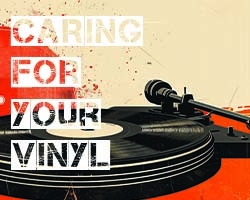
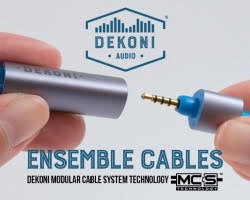
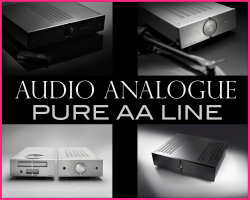


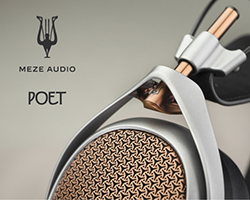






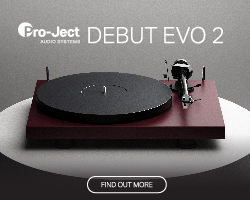


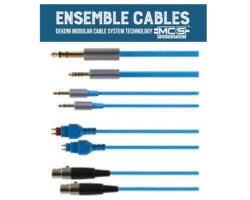



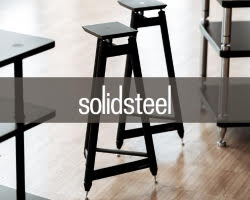



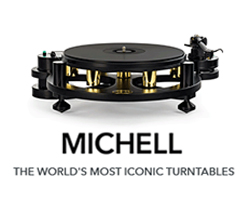




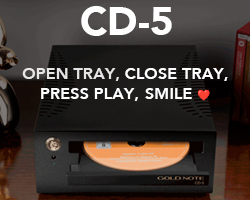

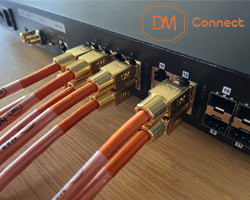


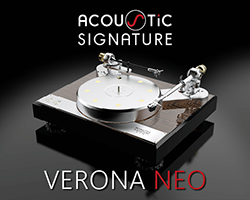
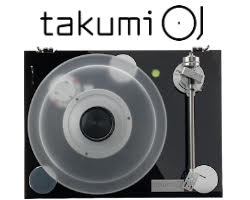
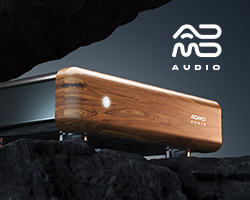
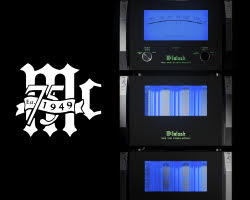


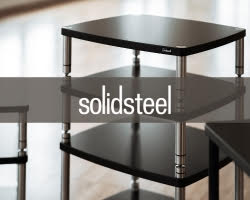



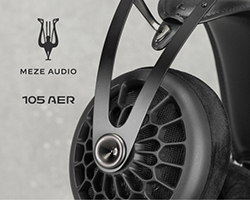









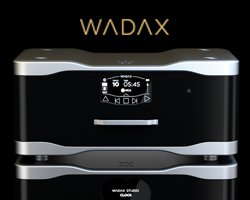

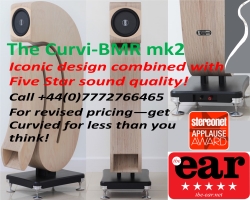




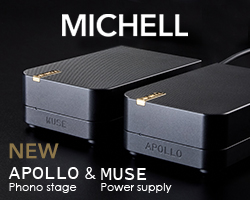




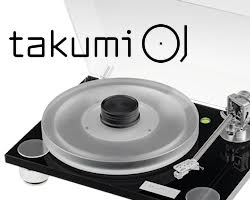






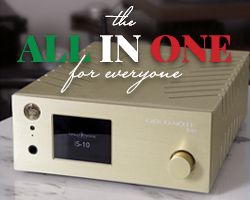
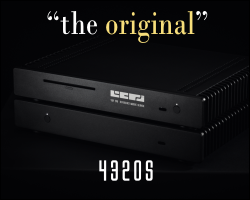

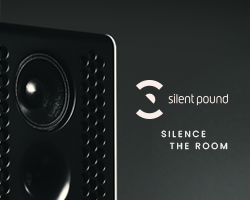




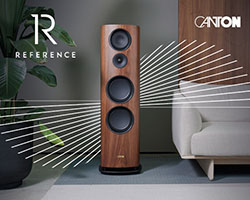
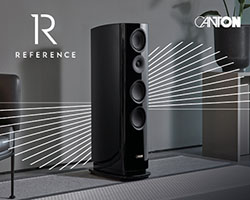


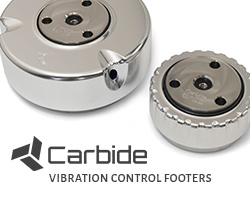
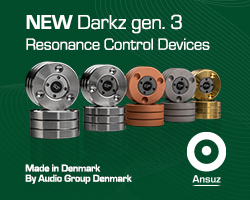
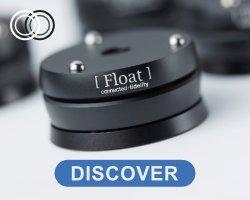




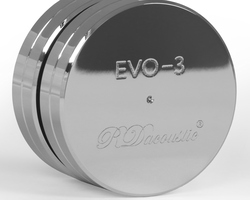




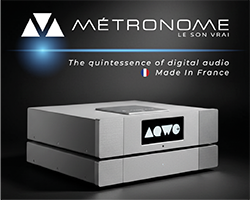
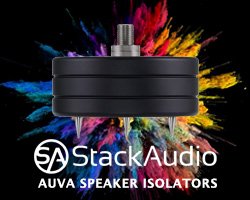





















































You must be logged in to leave a reply.